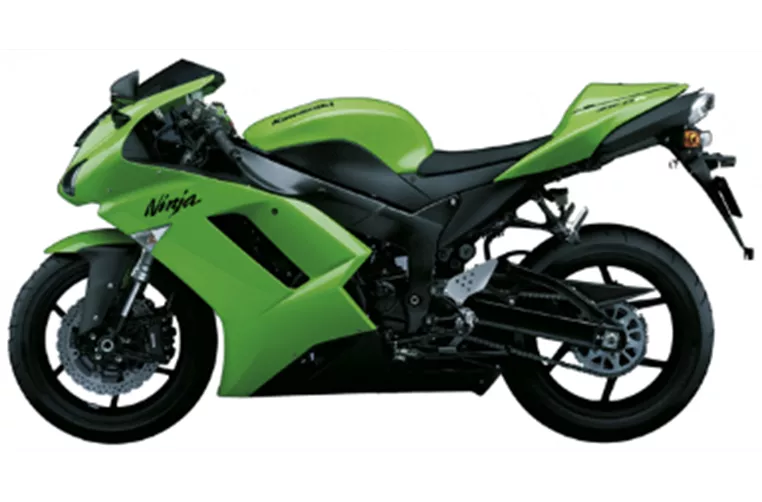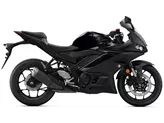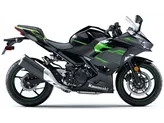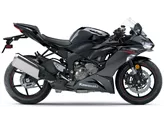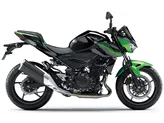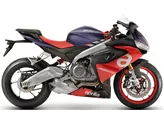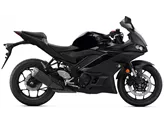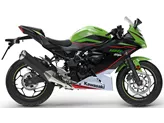Kawasaki Ninja ZX-6R 2008 vs. Kawasaki Ninja 400 2018

Kawasaki Ninja ZX-6R 2008

Kawasaki Ninja 400 2018
Overview - Kawasaki Ninja ZX-6R 2008 vs Kawasaki Ninja 400 2018
When comparing the Kawasaki Ninja ZX-6R 2008 with the Kawasaki Ninja 400 2018, several key differences can be observed. Starting with the technical specifications, the Ninja ZX-6R 2008 boasts a powerful engine with 125 HP, while the Ninja 400 2018 has a more modest engine power of 45 HP. The Ninja ZX-6R 2008 also has four cylinders and a displacement of 599ccm, whereas the Ninja 400 2018 has two cylinders and a displacement of 399ccm.
In terms of dimensions and weights, the Ninja ZX-6R 2008 has a slightly longer wheelbase of 1405mm compared to the Ninja 400 2018's 1370mm. The seat height of the Ninja ZX-6R 2008 is also higher at 820mm, whereas the Ninja 400 2018 has a lower seat height of 785mm. Additionally, the Ninja ZX-6R 2008 has a larger fuel tank capacity of 17 liters, while the Ninja 400 2018 has a slightly smaller capacity of 14 liters.
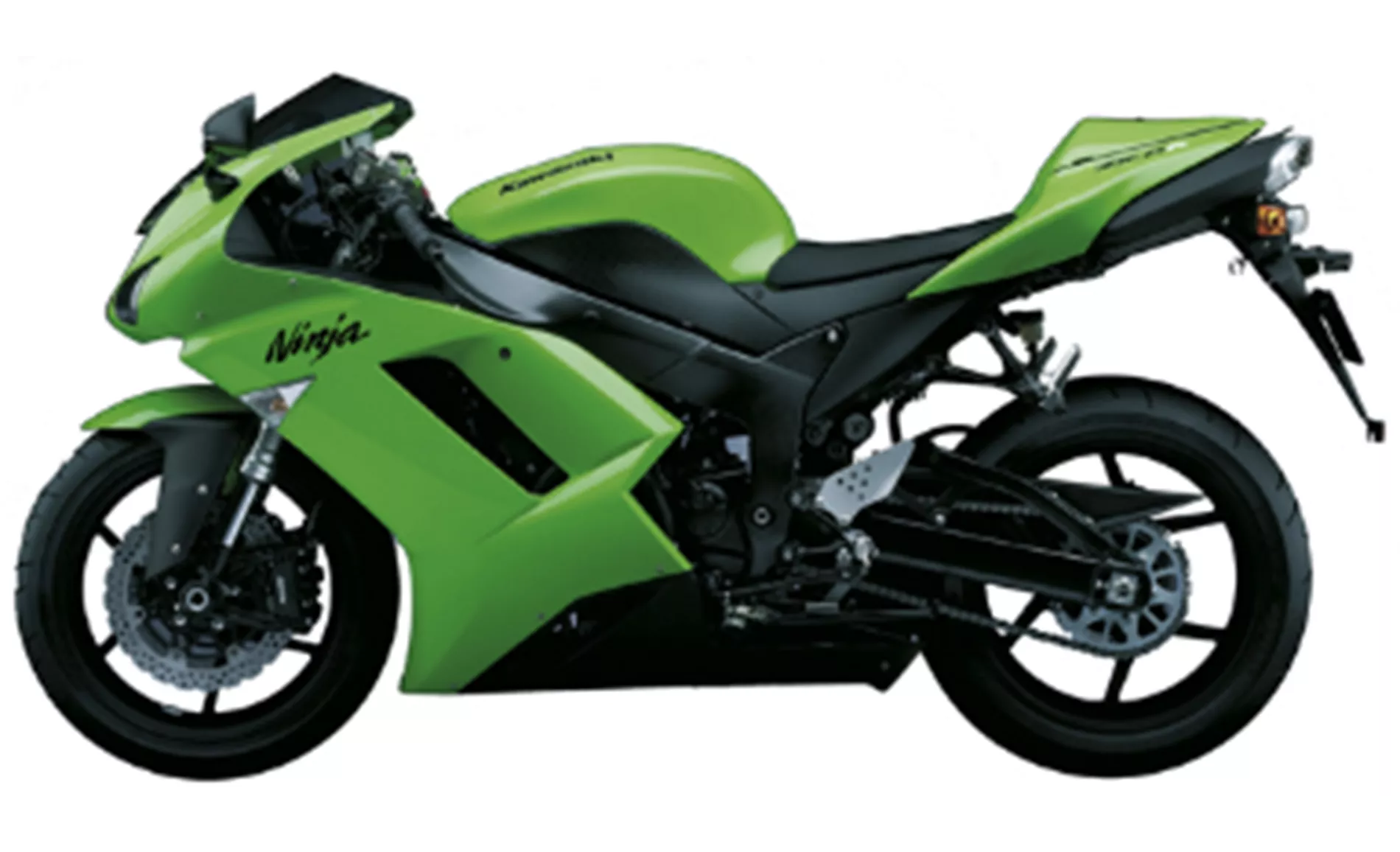
Kawasaki Ninja ZX-6R 2008
Moving on to the strengths of each model, the Ninja ZX-6R 2008 offers a reduced weight, improved handling, and a more compact layout. It also features an Öhlins steering damper, providing enhanced stability. Furthermore, the Ninja ZX-6R 2008 provides a comfortable seating position and has undergone immaculate engine tuning.
On the other hand, the Ninja 400 2018 has its own set of strengths. It features a chassis suitable for sporty use, allowing for effortless handling due to its low weight. The engine of the Ninja 400 2018 also offers smooth response, and the relaxed and confidence-enhancing seating position adds to the overall riding experience. Additionally, the Ninja 400 2018 is equipped with LED headlights, providing improved visibility.
However, both models have their weaknesses as well. The Ninja ZX-6R 2008 exhibits unsteadiness in the braking zone, affecting its stability. The introduction of a new fork brings the disadvantage of requiring tolerances to be maintained over the entire surface of the immersion tube.

Kawasaki Ninja 400 2018
Similarly, the Ninja 400 2018 has its own weaknesses. The brake and clutch levers are not adjustable, which may limit customization options for some riders. Additionally, riders over 180cm tall may experience enormously loud wind noise with the original windshield.
In conclusion, while the Ninja ZX-6R 2008 offers a more powerful engine and a larger fuel tank capacity, the Ninja 400 2018 excels in terms of its sporty chassis, low weight, and smooth engine response. Both models have their own strengths and weaknesses, catering to different preferences and riding styles.
Technical Specifications Kawasaki Ninja ZX-6R 2008 compared to Kawasaki Ninja 400 2018
Pros and Cons in comparison
Pros and Cons in comparison
Kawasaki Ninja ZX-6R 2008
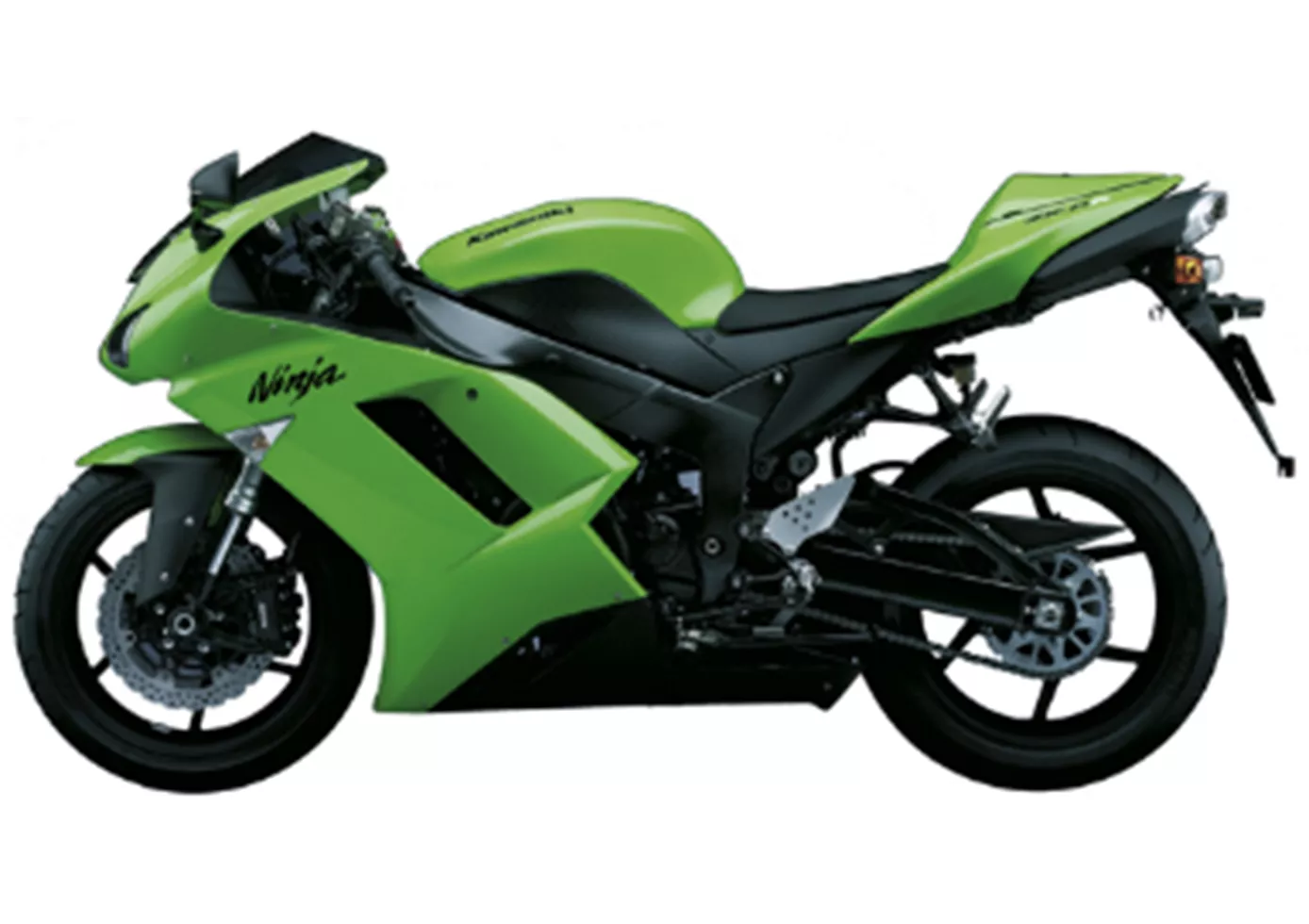
The Kawasaki rides noticeably more manageable than before. The machine lacks absolutely nothing for the racetrack. Steering damper, anti-hopping, chassis, engine - everything is ready. Only not quite as stable as before, the rear feels lighter in the braking zone than before.
Kawasaki Ninja 400 2018

In summary, the Ninja 400 could be described as the perfect entry into the supersport world. You can't get more power with A2, the looks suggest much more power, the vehicle is playful to ride, is forgiving in every respect and still allows a really sporty riding style. Those who had legitimate concerns about the lack of power on the various 250 cubic machines now have no more excuses. Ninja 400, it's good to have you!
Price Comparison Avarage Market Price Kawasaki Ninja ZX-6R vs Kawasaki Ninja 400
There are a few key differences between a Kawasaki Ninja ZX-6R 2008 and a Kawasaki Ninja 400 2018. It takes less time to sell a Kawasaki Ninja ZX-6R with 57 days compared to 105 days for a Kawasaki Ninja 400. Since model year 2005 1000PS.de editors have written 37 reviews for the Kawasaki Ninja ZX-6R and 9 reviews for the Kawasaki Ninja 400 since model year 2018. The first review for the Kawasaki Ninja ZX-6R was published on 02/09/2002 and now has more than 5,800 views. This compares to more than 44,300 views for the first review on Kawasaki Ninja 400 published on 22/11/2017.
